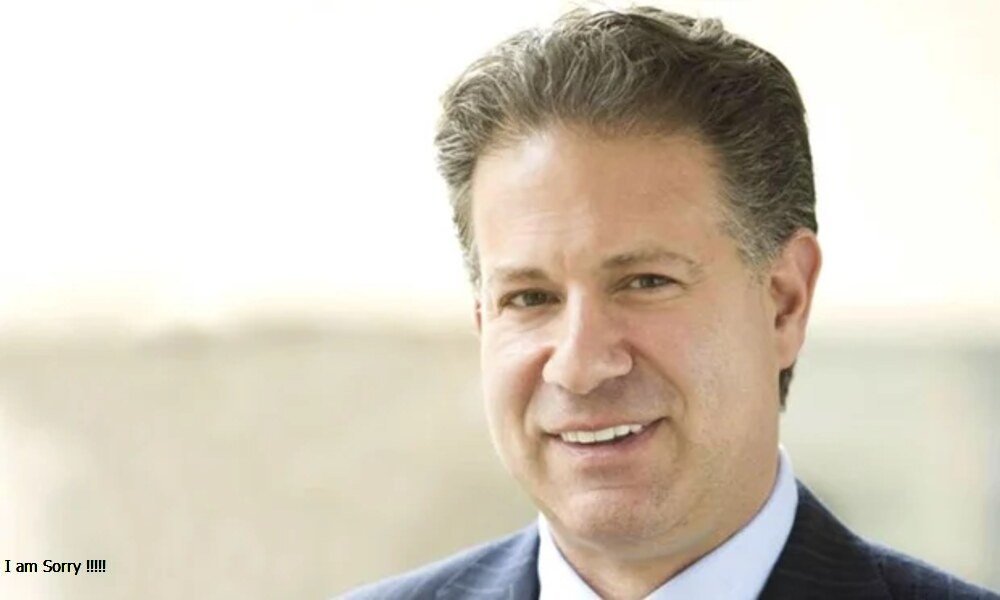Introduction
In 2024, the “Verizon lawsuit” became a trending topic across news outlets and online forums, capturing the attention of millions of consumers nationwide. At the heart of the controversy is a class-action lawsuit filed against Verizon Communications Inc., one of the largest wireless service providers in the United States. The lawsuit alleged that the company charged hidden administrative fees to postpaid wireless customers without transparent disclosure, leading to financial harm for potentially millions of users. As the case culminated in a $100 million settlement, consumers now ask what this means for their wallets, future phone bills, and the broader telecom industry. This article dives deep into the Verizon lawsuit, exploring the details, implications, and lessons consumers should take from this landmark case.
Overview of the Verizon Hidden Fees Allegations
The core of the Verizon lawsuit revolves around the accusation that Verizon imposed recurring monthly “administrative fees” on customer bills without adequately disclosing them at the point of sale or in marketing materials. These charges, which often amounted to $1 to $3 per line each month, were added to the bills of postpaid wireless customers from 2016 onward. Plaintiffs in the class action argued that these fees were not part of the advertised price and were misleadingly presented as standard regulatory costs when they were additional revenue-generating charges determined by Verizon.
A timeline of events shows consumer complaints about mysterious fees began surfacing as early as 2017. However, the legal pressure mounted significantly in the early 2020s when several law firms began investigating Verizon’s billing practices. By 2023, a consolidated class-action lawsuit was filed, seeking to hold Verizon accountable for deceptive trade practices, breach of contract, and unjust enrichment. The case alleged that customers were misled into believing their monthly costs would remain fixed, only to be surprised by unexplained administrative charges that were not clearly disclosed.
Details of the $100 Million Verizon Class Action Settlement
After prolonged legal battles and negotiations, Verizon agreed to settle the lawsuit in late 2023 for $100 million. While Verizon did not admit to any wrongdoing as part of the settlement, the company resolved the matter to avoid the uncertainty and costs of continued litigation. The settlement fund is designed to compensate eligible customers who were charged these fees during the relevant period, which spans from January 1, 2016, through November 8, 2023.
The settlement distribution strategy involves dividing the $100 million among the millions of eligible claimants. Customers who submit valid claims can expect compensation ranging from $15 to $100, depending on how long they were Verizon customers during the affected period and how many lines were on their accounts. Notably, the deadline to file a claim was set for April 15, 2024, with payments expected to be issued later in the year. The claims process has been made available online and by mail, allowing wide accessibility for impacted individuals.
How to Check If You’re Eligible for a Verizon Settlement Payout
Consumers wondering whether they qualify for a portion of the Verizon lawsuit settlement should begin by reviewing their billing history. Eligibility extends to any current or former Verizon wireless customer who received postpaid wireless service and was charged administrative fees between January 2016 and November 2023.
To submit a claim, customers must fill out a short claim form on the official settlement website. The form typically requires basic account information such as the customer’s name, billing address, Verizon account number, and the dates of service. Claimants are not required to submit billing statements, but providing accurate account information will help ensure claim validation.
The process is relatively straightforward and designed to minimize barriers to participation. However, customers are advised to file as early as possible to ensure their claims are processed promptly. The settlement website also provides a hotline and email support for users who need assistance with the process.
How Much Money Will Verizon Customers Receive?
While the total settlement amount is significant, individual payouts vary based on several factors. Most customers can expect to receive a minimum payment of $15, with higher amounts of up to $100 available for those with long-term accounts or multiple lines. The settlement fund is subject to pro rata distribution, meaning the final payment amount each customer receives depends on the total number of valid claims submitted.
Many consumers initially hoped for substantial compensation but expressed disappointment upon receiving smaller-than-expected payouts. Some individuals reported receiving as little as $3.85, citing frustration over the perceived discrepancy between the settlement fund size and individual awards. Legal experts explained that attorney fees, administrative costs, and the sheer number of claimants diluted the final amounts.
Despite the modest payments, consumer advocates argue that the lawsuit sends an essential message to telecom companies about transparency and billing practices.
Why the Verizon Lawsuit Matters for Consumers
The Verizon lawsuit is more than just a financial settlement—it represents a broader corporate transparency and accountability issue. Wireless carriers have included extra fees in customer bills for years, often without clear explanations or consent. This case highlights the importance of transparent pricing in consumer contracts, particularly for recurring services like wireless plans.
The Verizon lawsuit’s legal precedent may influence how telecom companies structure and disclose fees in the future. Regulators and consumer advocacy groups are now paying closer attention to billing practices, potentially leading to stricter oversight and consumer protection measures. More importantly, this case has empowered customers to scrutinize their bills, ask questions, and demand accountability when unexpected charges appear.
Verizon’s Response to the Lawsuit
Verizon acted lawfully and denied any wrongdoing throughout the legal proceedings. The company emphasized that its administrative fees were clearly outlined in customer agreements and on its website. Nevertheless, the decision to settle suggests a willingness to resolve the matter quickly and move forward without prolonged legal entanglements.
Verizon has not publicly announced any significant changes to its billing practices due to the lawsuit. However, industry analysts speculate that the company may revise how it discloses fees in marketing materials and customer agreements to avoid future legal challenges. Whether this translates to greater billing transparency remains to be seen, but the case has undoubtedly spotlighted Verizon’s business practices.
Reactions from Customers and Consumer Advocacy Groups
The Verizon lawsuit sparked widespread consumer reactions, with many taking to social media and consumer forums to voice their opinions. While some welcomed the settlement as a step toward corporate accountability, others criticized the relatively small payouts and perceived lack of meaningful consequences for Verizon.
Consumer advocacy groups praised the legal victory but also called for more robust regulatory oversight to prevent similar issues from arising. Legal experts noted that while the lawsuit addressed past behavior, it does little to stop similar practices unless ongoing monitoring and enforcement are in place. The lawsuit, therefore, serves both as a cautionary tale and a rallying point for consumer rights advocates.
What Happens Next After the Verizon Settlement?
With the settlement finalized and payments underway, attention now turns to the future. Will this lawsuit lead to more class actions against telecom companies? It’s possible. Industry insiders believe that other carriers may come under scrutiny for similar billing practices, potentially triggering a wave of litigation aimed at improving pricing transparency across the board.
For consumers, the takeaway is clear: always review your wireless bills closely, question unexplained fees, and stay informed about your rights. The Verizon lawsuit has set the stage for a more aware and empowered consumer base that demands honesty and clarity in every transaction.
Conclusion
The Verizon lawsuit of 2024 has made waves across the telecom industry, shedding light on hidden fees and sparking a much-needed conversation about billing transparency. While the settlement may not result in large payouts for most consumers, its impact is far-reaching. It challenges deceptive business practices, encourages regulatory scrutiny, and empowers customers to be more vigilant. As the dust settles, one thing remains certain: consumers are watching, and the era of hidden fees may finally end.
Do Read: Poppi Prebiotic Soda Lawsuit – What You Need to Know















